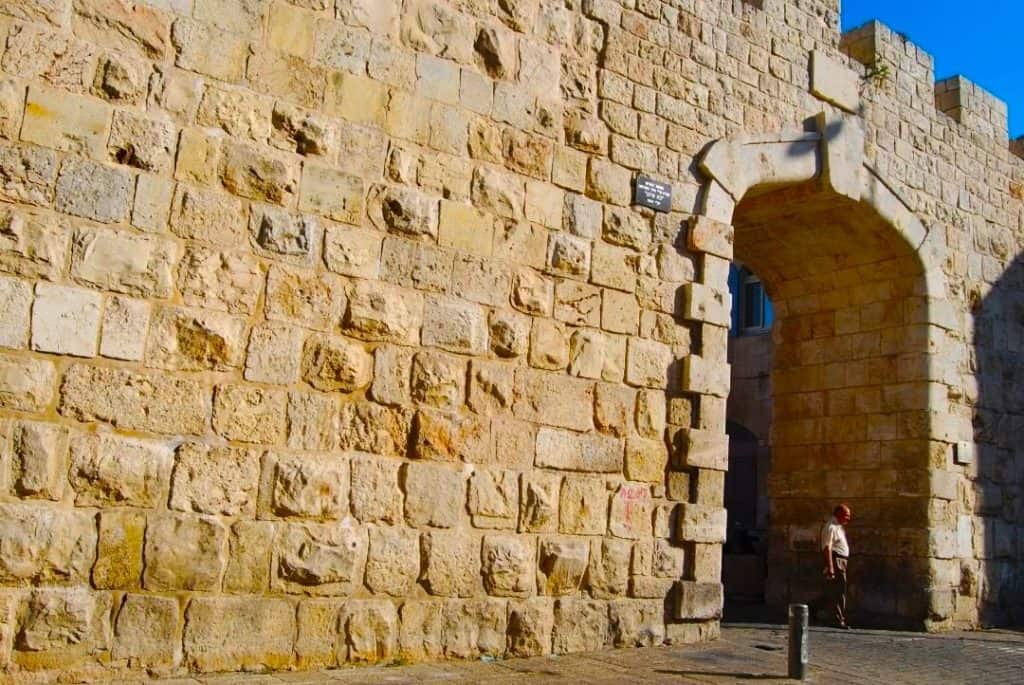Dating back to the early 16th century, Jerusalem’s Old City walls are one of the city’s defining characteristics. Built by Turkish Sultan Suleiman the Magnificent, the walls have eight gates that once controlled access to the city. Today, all but one of the gates (the Gate of Mercy) still serve to protect the city and allow Jerusalemites and visitors to pass through the sacred walls to visit Jerusalem’s markets and historic and sacred sites.
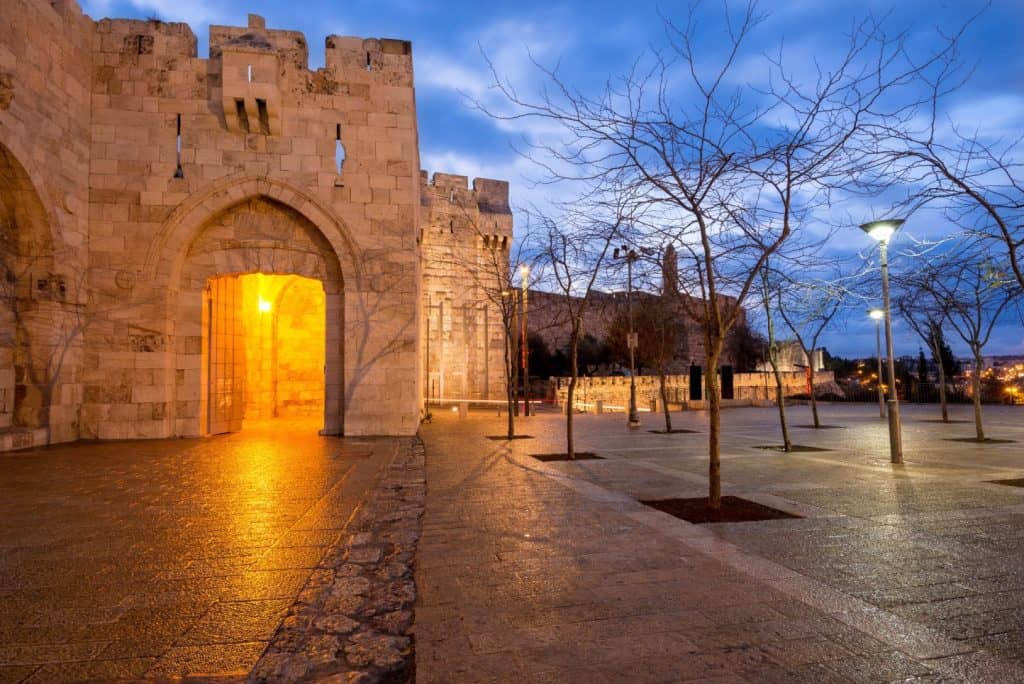
Gates of the Old City of Jerusalem: Jaffa Gate
The first among the Gates of the Old City of Jerusalem is Jaffa Gate! Also known as the Hebron Gate, it was built by the Ottomans in 1538. It was so named for being the gate at which Jewish and Christian pilgrims arrived after disembarking at the Jaffa port. The entrance leads directly to the Jewish and Christian quarters of the city, as well as the Tower of David Museum and the busiest parts of the market.
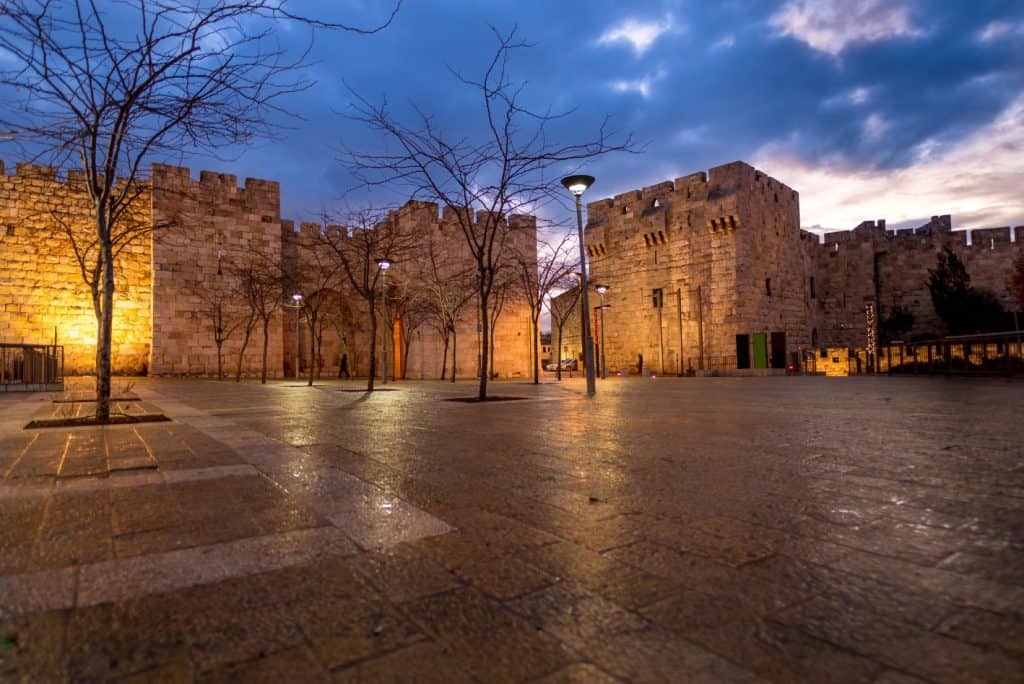
This large stone portal is famous for being the gate that General Allenby used to enter the city during the First World War in 1917, when the British captured Jerusalem. The general dismounted his horse and passed through the gate into Jerusalem on foot as a sign of respect for the city.
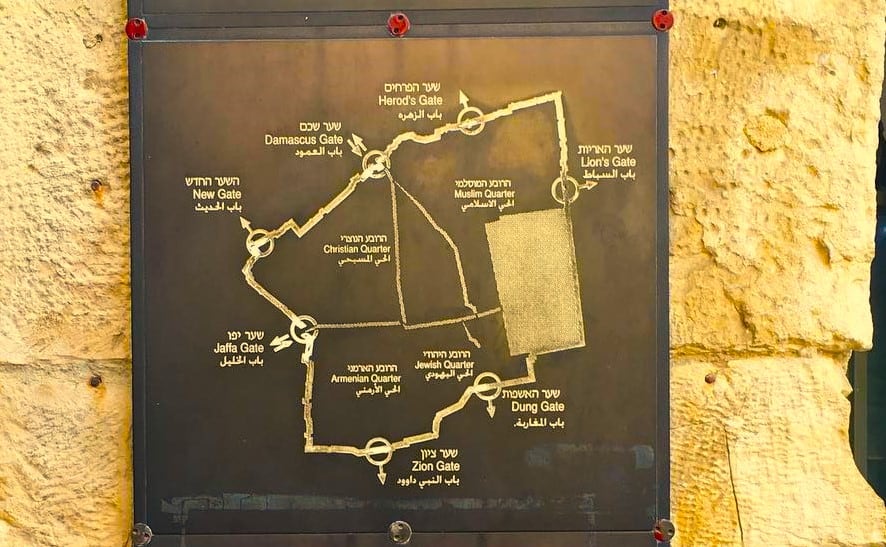
Zion Gate
Just south of the Armenian quarter is the Zion Gate. Built-in 1540, the gate was named after Mount Zion, the burial site of King David and the place where Jesus shared His last supper with His disciples before being betrayed. The gate leads directly to the Armenian and Jewish quarters.
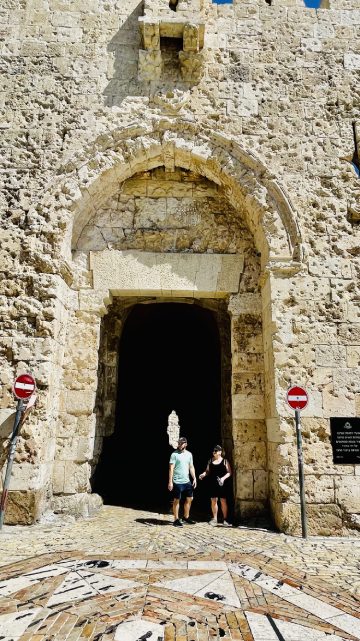
You can see bullet holes around the Zion Gate, reflecting the fierce fighting during Israel’s war for independence in 1947. Sadly, the city was only unified under Jewish control 20 years later despite the battle. Near, you can visit King David’s Tomb, the Room of the Last Supper, and more!
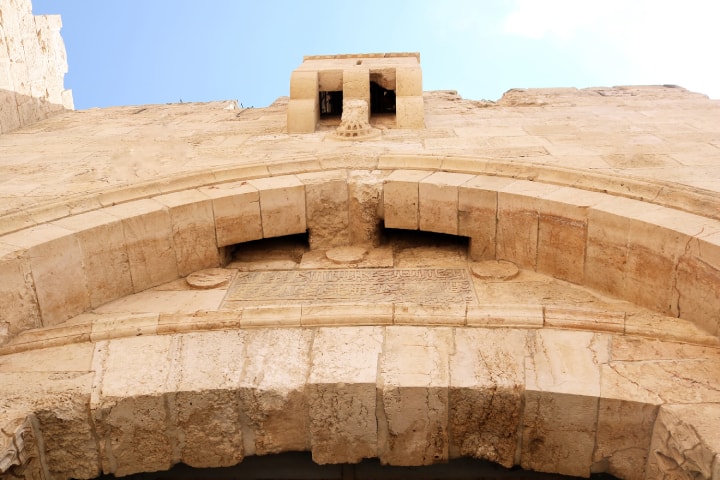
Gates of the Old City of Jerusalem: Dung Gate
The peculiarly named Dung Gate can also be found in the southern wall. Built-in the 16th century, the gate was so named for being the gate through which waste was disposed of. The Dung Gate leads directly to the Western Wall Plaza, the holiest site in all of Judaism and a place that sees millions of Jewish and Christian pilgrims visit annually.
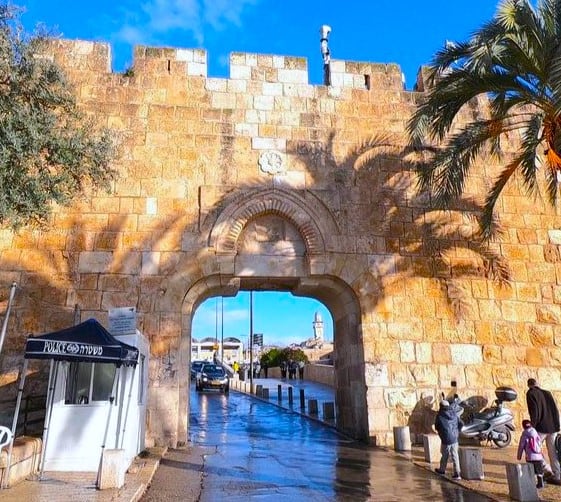
The Dung Gate leads directly to the Western Wall. It is close to the Southern Wall Davidson Archaeological Park, where you can view ruins from the First Temple period to the early Muslim period.
Damascus Gate
The Damascus Gate is the most imposing of Jerusalem’s gateways and is named after the grand city from which Jerusalem’s rulers once came. Built in 1537, the massive and ornate gate is located at the northern end of the city and is very close to the Garden Tomb, one of two sites that are believed to be the burial place of Jesus. This gate is also close to several bustling markets and is a busy thoroughfare.
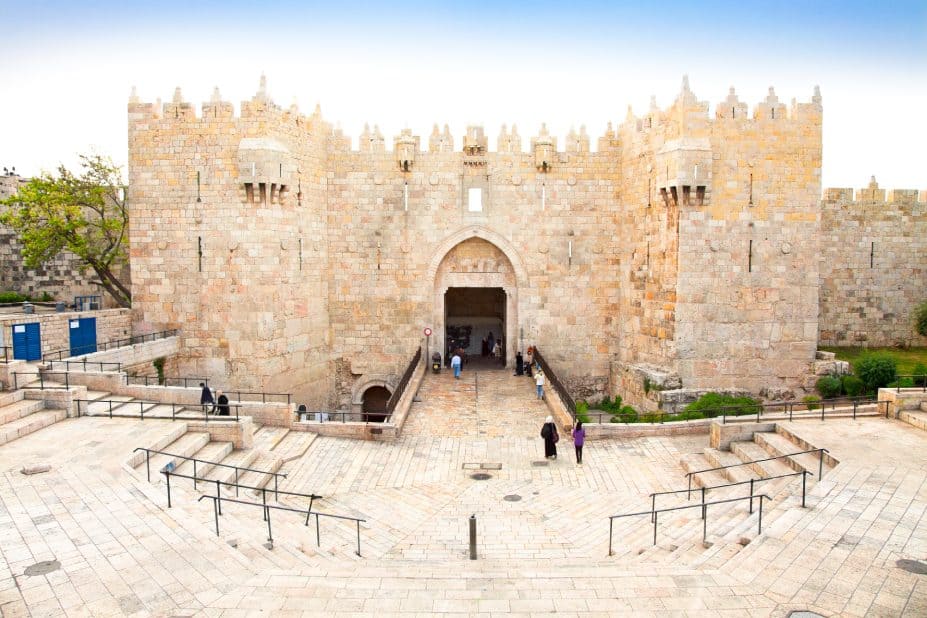
Gates of the Old City of Jerusalem: Golden Gate
The Golden Gate, also known as the Gate of Mercy, is found in the city’s eastern wall and was one of two gates that offered access into the city from that side of Temple Mount. Today, the gate is closed after being sealed shut by the Ottoman emperor Sulieman in 1541.
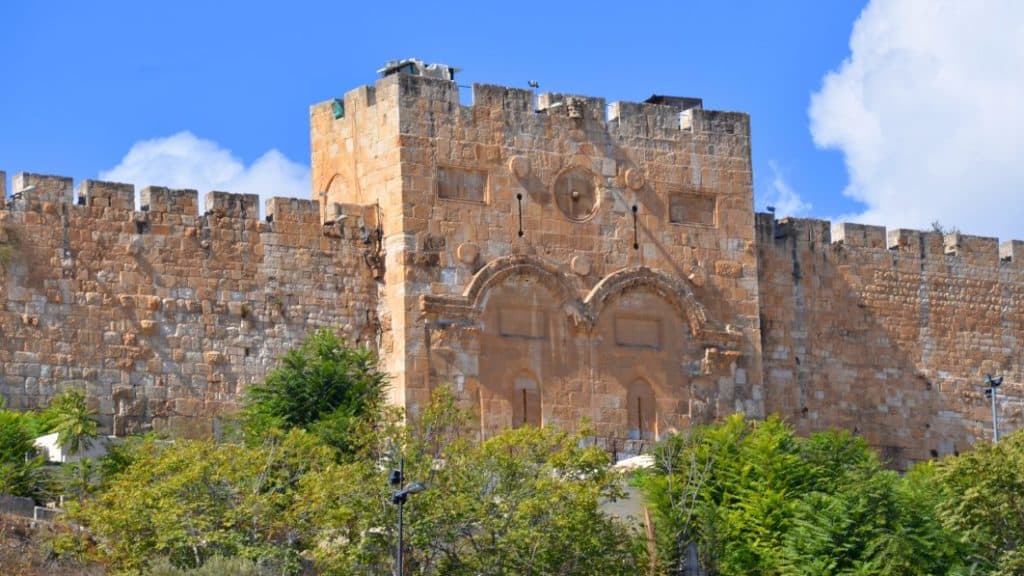
The Golden Gate is said to be the place where Peter and John healed a beggar. Christians and Muslims also believe it to be the gate through which Jesus entered Jerusalem as the Messiah, opposite the Mount of Olives and close to the Temple. Many believe the gate will miraculously open at the Messiah’s second coming, whether it is Jesus or someone else.
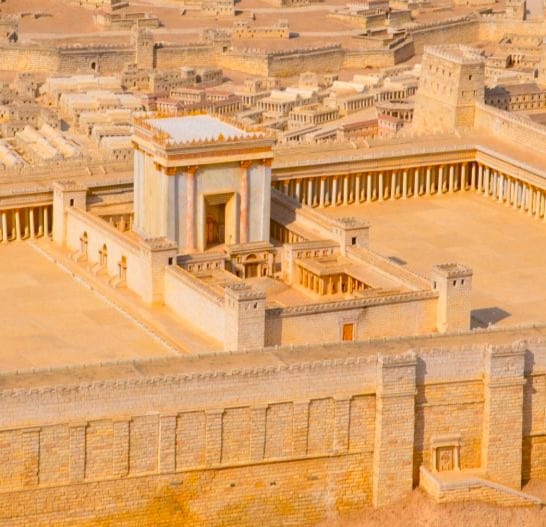
Lion’s Gate
Named after ferocious-looking animal carvings flank it, the Lion’s Gate is also called St. Stephen’s Gate, after the first Christian martyr stoned to death nearby. The massive carvings are of tigers, the heraldic symbol of the 13th-century Sultan Beybars. Lion’s Gate leads to the Via Dolorosa, the markets, and the Pools of Bethesda.
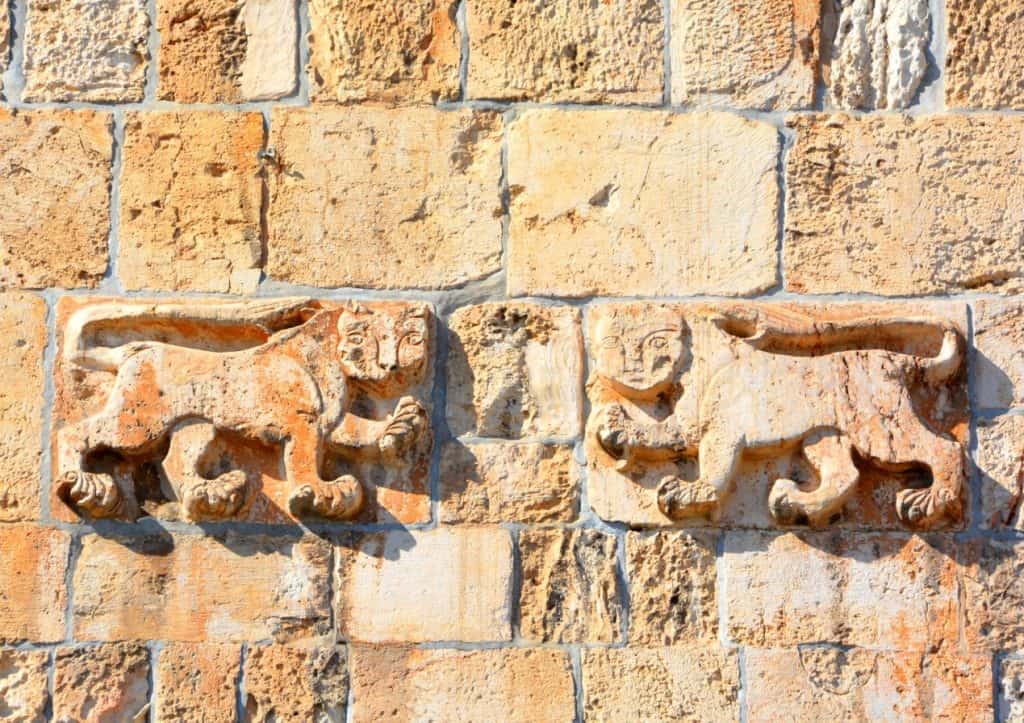
Gates of the Old City of Jerusalem: Herod’s Gate
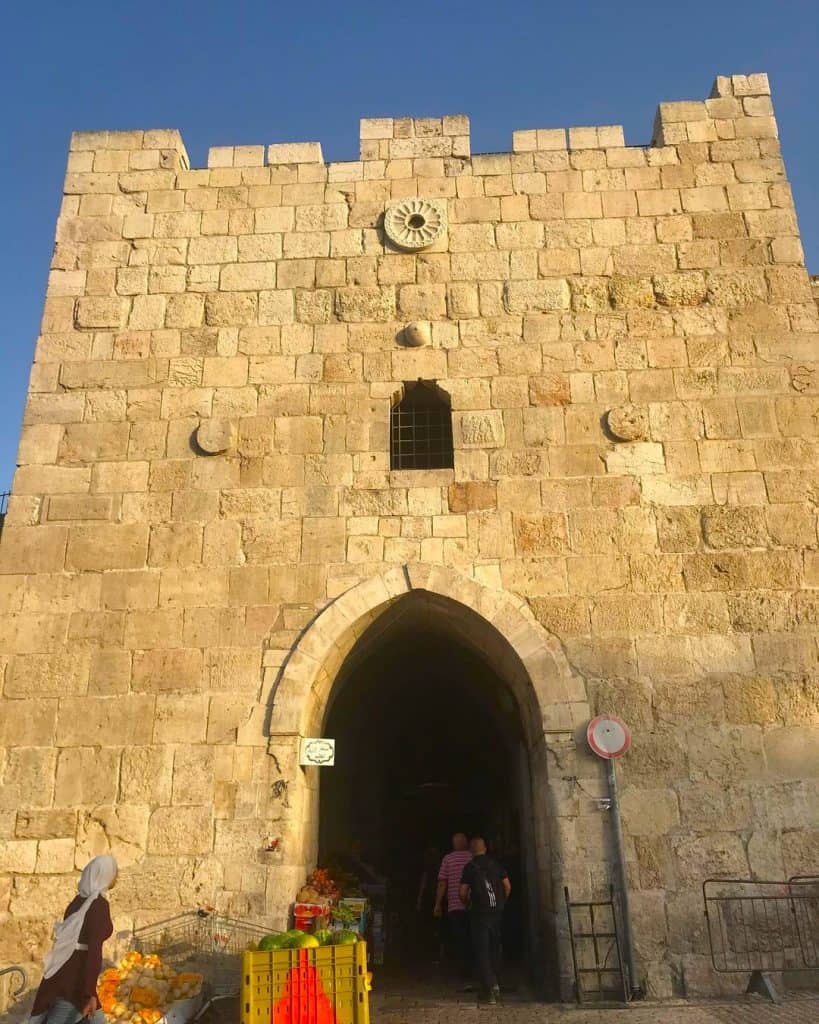
Even though this gate is named after the notorious Judean king, Herod, he had nothing to do with the gate. Also known as the Flowers Gate, this north-facing gate leads to the Old City markets inside the city walls. It also connects the Muslim Quarter inside of the old city to the Palestinian neighborhood of Bab az-Zahra just outside.
The New Gate
The aptly named New Gate is the most recent addition to the gates of the Old City of Jerusalem. Built-in 1889 in the western section of the northern wall, the gate was added to provide direct access between the Christian Quarter and the new neighborhoods growing outside the walls. Beautifully decorated with crenelated stonework, the arched gate is a welcome addition to the ancient portals of the Holiest of Holy Cities.
